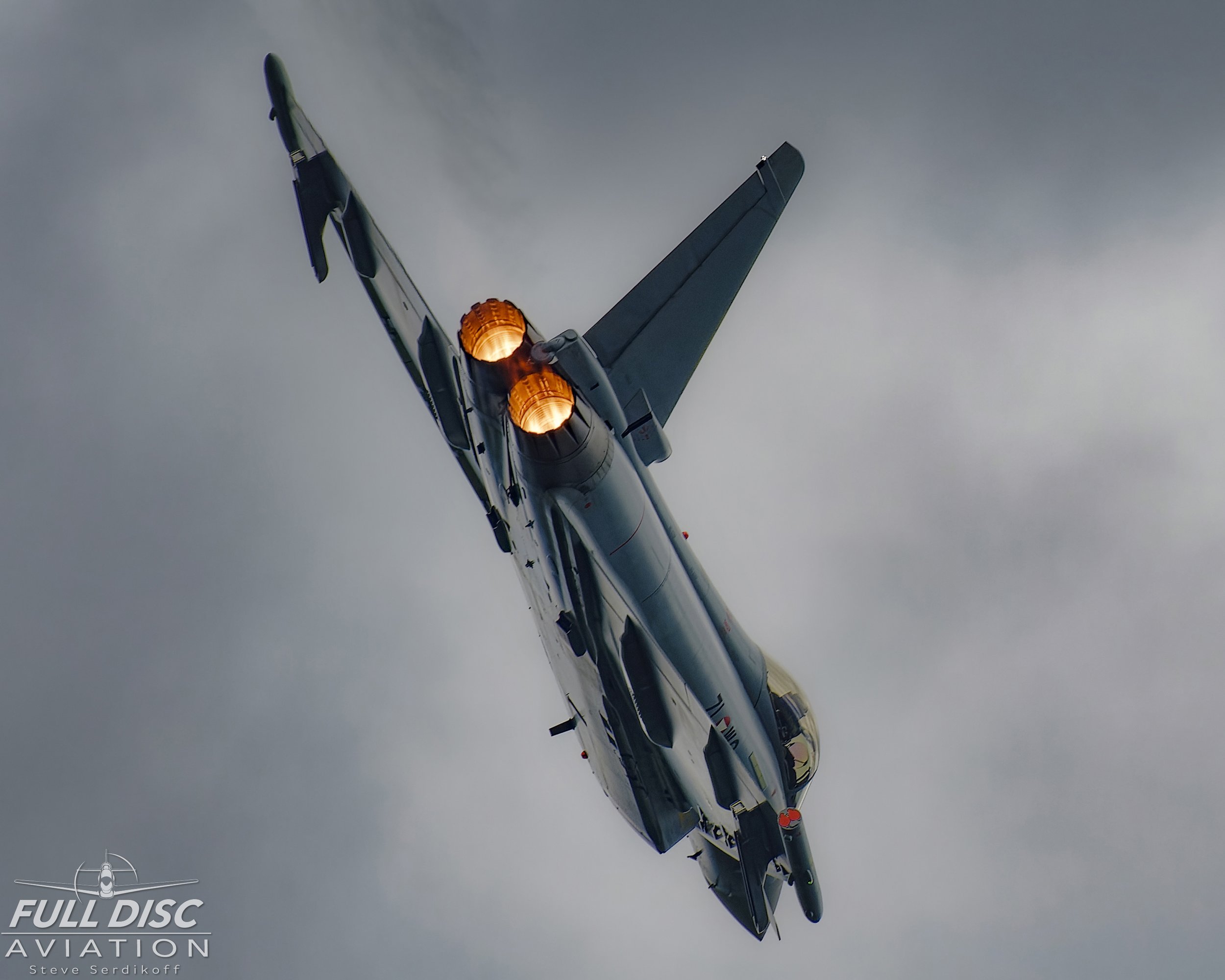Noise and Speed On the Track and in the Air: a Day at the Races
Prose and Photography: Steve Serdikoff
Auto racing and airshows. For some reason, in the United States at least, racing doesn’t appear to have crossover appeal with airshows. There are flyovers, to be sure, but they are reserved only for opening ceremonies and the national anthem. The US generally doesn’t reserve significant time on a race weekend for full-blown aerial demonstrations. Now, I am aware that FAA restrictions likely play some roll in this and most racing circuits don’t allow for the sanitized box required for aerobatic maneuvers, but still — the allure of both airshows and motor racing perch atop the same two pillars: noise and speed.
Whatever the cultural or regulatory differences between the US and its overseas counterparts, it’s clear that European and international racing embraces the obvious common appeal to fans of both racing and airshows. For years, the British Grand Prix at Silverstone in England featured a full display by the RAF Red Arrows. The same goes for the Goodwood Festival of Speed. The Australian Grand Prix was fortunate to experience a demonstration by the mighty F-111, including the spectacular “dump and burn” pass. While not capable of the same airborne pyrotechnics, the show still features a high performance and high volume Super Hornet demonstration. The Frecce Tricolori always grace the Royal parklands outside Milan, Italy that play host to the Italian Grand Prix at Monza.
For that reason, I had high hopes in attending the Austrian Grand Prix in Spielberg, Austria. Situated in the Styrian mountains and literally across the highway from Fliegerhorst Hinterstoisser (nee Zeltweg Air Base), the home of the Austrian Air Force’s EF2000 Eurofighter Typhoons (and the one time home of the Grand Prix itself), the race seemed fertile ground over which to stage a spectacular airshow, should the Austrians choose to mix racing and flying.
It was, and they did.
The Austrian Grand Prix was packed with events from 9AM through the conclusion of what turned out to be a rather eventful F1 race. After the support races concluded, so began the airshow. First up was Flying Bulls’ Dario Costa in his Zivko Edge 540 (you might recall Dario from his famous flight through a tunnel in Istanbul). This was quickly followed by the Flying Bull’s AH-1 Cobra. Then six planes appeared on the horizon: four more Flying Bulls and two Typhoons from the Austrian Air Force. As they arrived over the track, the two Typhoons spectacularly broke from the formation using full afterburner. The four Flying Bulls returned separately for their displays, including a series of low, high speed turns by the F4U-5 Corsair, low passes by the immaculate B-25, and a bomb burst over the track by the Alpha Jet and the P-38. Then the Typhoons returned, performing a series of low-speed, low altitude, full burner turns right over the track before both pulling into the vertical and exiting the circuit to raucous applause and cheers. Red Bull skydivers were up next, with the final jumper bringing in the Austrian flag for the national anthem.
The airshow lasted about 45 minutes all told, but the action was constant. The nature of the show suggested two things US-based airshows might take note of. 1) Even though the majority of the maneuvers were non-aerobatic, the were low and noisy and right over the crowd — helping to engage the audience and make the action more tangible. 2) The airshow moved at a brisk pace: one performer exited as another was entering. There was no time to run for a beer or a burger. For the entire time the show was going on, the audience was in rapt attention. At many airshows, long gaps in the action and long distances from the performers only serve to highlight how separated most people feel from aviation. At the Red Bull Ring, the planes were every bit as close as the cars and the action kept coming all day. Something to consider if you produce airshows State-side.
It’s been said that aviation is less accessible than motor racing because nearly everyone drives a car, but so few fly planes. There is some truth to that, but it does ignore the fact that people don’t attend events like races or airshows because of the familiarity of the activities displayed there. Let’s not forget, driving a Subaru Forester to work bears about as much resemblance to F1 racing as short hop to Cleveland in a CRJ does to Rob Holland’s neck snapping inside tumble. Fans come for the spectacle. And the Red Bull Austrian Grand Prix gave it to them — on track and in the air.
I’m a fan of both racing and airshows and I can only speak for myself, but, for me, I’ll take as much noise and speed as is available; whatever the altitude.























